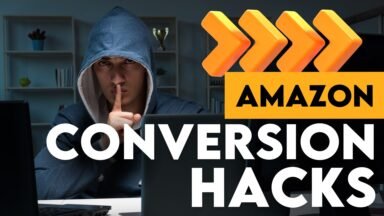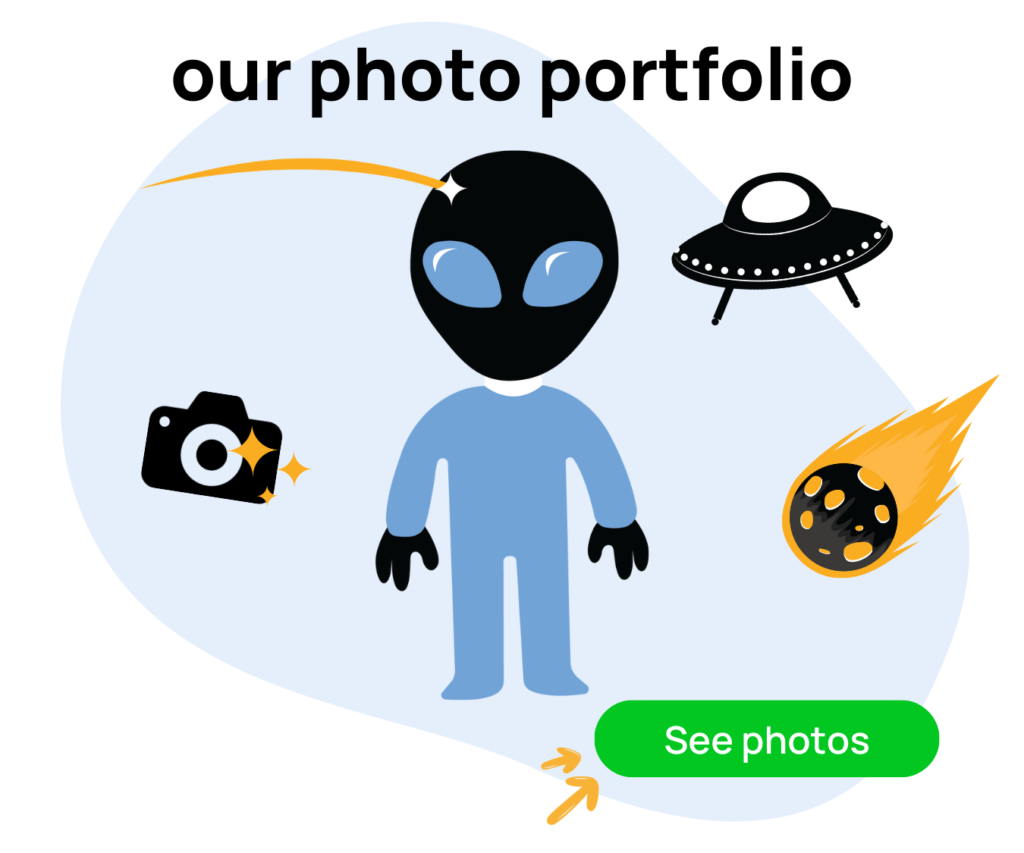Launching a product on Amazon can be an exciting endeavor, but it often comes with frustrations when sales don’t immediately take off. Ready to learn how to boost your Amazon sales? If your Amazon product isn’t garnering much interest, don’t panic. There are usually some clear reasons why it’s underperforming, along with targeted actions you can take to turn things around.
How to Boost Sales
Below we’ll explore how expert Amazon sellers accelerate their sales velocity. We’ll also cover five of the most common mistakes new Amazon sellers make and practical advice for overcoming them. We’ll also touch on a few additional e-commerce and product launch factors that could be impacting your sales trajectory.
Your Product Photos/Listing Visuals Are Losing Traction
High-quality product photos and listing visuals are essential for making a great first impression and enticing potential buyers. According to a study by Leaf Group, listings with professional images can generate up to 65% more conversions than those without. Yet many new sellers fail to devote enough time and resources to properly showcase their products visually and boost Amazon sales.

If your main images are blurry, poorly lit, or don’t focus on the key features and benefits of your product, it’s unlikely that many shoppers will want to learn more or add it to their cart. Low-quality photos convey amateurism and make it difficult for customers to understand what they would be receiving.
Instead, you need to invest significant effort into capturing well-composed, visually appealing shots of your item from multiple angles and in use. Work with a professional photographer or set up a DIY studio space with proper lighting equipment. Capture lifestyle images of your product being utilized as well as crisp close-ups, alternate angles, and detail orientations. Adhere to Amazon’s image requirements and best practices, which indicate at least 85% of the frame should contain the product itself.
Your Title and Bullets Aren’t Helping To Boost Sales
Your Amazon product listing’s title and bullet points serve as critical sales copy. They often represent the first and only words a potential buyer will see. So they need to immediately convey what makes your item special, relevant to search queries, and worth purchasing over other options.
An optimal title should make the functionality and uniqueness of your offering immediately clear while weaving in critical keywords shoppers are actively searching for. One study by Jungle Scout discovered including the main search term in the title can lift conversion rates by over 125%.
The bullet points then reinforce the major selling points touched on in the title and expand on each one – spelling out important traits, specifications, and value propositions in a skimmable format. However, many new sellers rely on generic, overly broad language that fails to effectively differentiate their product or highlight its value relative to competitors. You need to get descriptive and specific here. Emphasize standout features, patented technologies, premium materials, etc.
Incorporate relevant keyword phrases organically, including in your A+ Content, making it clear how your product delivers against frequent customer search queries. And don’t simply list specifications. Instead, spell out how certain capabilities, attributes, and design elements directly address shopper wants, needs, and pain points.
Your Back-End Listing Details Are Sparse
Optimizing the back-end details of your Amazon listings, beyond the title and bullets, is crucial both for search visibility and for building buyer trust.
Sections like the Brand Store, Product Description, and Search Terms play an essential role in your success. They allow you to tell your brand’s story, demonstrate real category expertise, and organically thread in keywords that shoppers may search for. Plus, they offer real estate to leverage keywords that boost Amazon sales.
While it takes time, devoting effort to filling these sections out has its benefits for sellers. It can improve organic traffic from Amazon’s A9 algorithm and establish your credibility so prospective customers feel confident purchasing from you.
According to a 2020 survey of over 1,500 Amazon shoppers by PowerReviews, 73% said they mainly stick with buying from the same handful of trusted brands that have demonstrated consistency and reliability. So setting the right tone through comprehensive listing copy is imperative, especially as a newer seller.
Take the Product Description, for example. It represents a chance to share your brand’s origin story and core differentiators while showcasing what sets your item apart from tens of thousands of competing listings. But many sellers – either for expediency or underestimating its influence – dash off just a paragraph or two. This feels sparse and vague to visitors.
Your Pricing Strategy Is Off Which Negatively Impacts Sales Velocity
Finding the optimal price point to drive sales velocity while preserving profit margins is one of the most complex balancing acts for sellers. This is especially true for new sellers competing against established brands. You need to weigh factors like production costs, shipping fees, competitor pricing patterns, and perceived value.
A 2020 survey by Jungle Scout revealed that nearly 70% of shoppers specifically check Amazon first when benchmarking prices for products searched elsewhere. So where you fall relative to other listings can majorly influence purchase decisions.
Pricing too high out the gates as an unknown seller almost guarantees slow traction. One RetailMeNot study indicated that 72% of consumers are more likely to purchase a new item when it’s priced under $50. Consider temporarily suppressing margins to spark initial interest until your brand equity and review count rise enough to sustain higher price points.
On the flip side, pricing too low can inadvertently backfire by signaling inferior quality, flimsy construction, small sizing, or a host of other negative associations that dampen desire and trust.
You Have Minimal Social Proof Needed for Higher Sales

In an era of rampant fake reviews and misleading product claims, prospective customers rely heavily on authentic feedback from past purchasers when evaluating options on Amazon. Per a BrightLocal consumer survey, over 93% of shoppers read online reviews to determine trust and mitigate buying risk – especially for higher-cost items.
Yet as a new seller with no sales history, gathering organic social proof poses a major early challenge. This often creates a frustrating catch-22 where slow initial traction impacts review accumulation to build credibility needed for conversion lift and boosting Amazon sales.
A 2021 study by e-commerce analytics platform Capturly found that products with over 50 reviews convert at nearly 350% higher rates than those with less than 5. So pursuing creative avenues to secure early feedback is vital.
Consider recruiting friends/family willing to buy those first units and leave reviews based on genuine experience with the items. Or use free giveaways through professional launch services! These are designed specifically to help new sellers overcome the cold start problem through review-gathering incentives.
Additional Factors Impacting Amazon Sales Velocity
- Account restricted or suppressed: Amazon may throttle traffic and visibility from your listings temporarily if you suddenly scale up advertising spend or do anything else deemed suspicious. Managing growth at a measured pace reduces suppression likelihood.
- Plagiarized listing content: Copying competitors’ listing visuals, titles, and descriptions will raise red flags with Amazon. Create 100% original assets and narratives around your offerings to maintain account health.
- Subpar packaging/inserts: An unboxing experience that disappoints can negate interest garnered online. Invest in customized materials that further your brand identity and showcase product quality upon arrival. Insert cross-sells to other items from your storefront as well.
The sales process involves orchestrating countless moving parts, especially when selling online through major marketplaces. Don’t get discouraged if your product doesn’t immediately gain traction. Implement targeted optimizations to boost Amazon sales while leveraging promotions and external traffic sources to spur organic visibility and conversion lift over time. With persistence and an analytical approach, you can decode the recipe for achievements on Amazon.
If you have any questions or would like to see more content like this, please let us know in the comments section. You can access our free Amazon listing checklist at AMZchecklist.com, and book a free consulting call by going to emaamz.com. Thank you for reading this blog, and we look forward to providing more valuable insights in future content.





